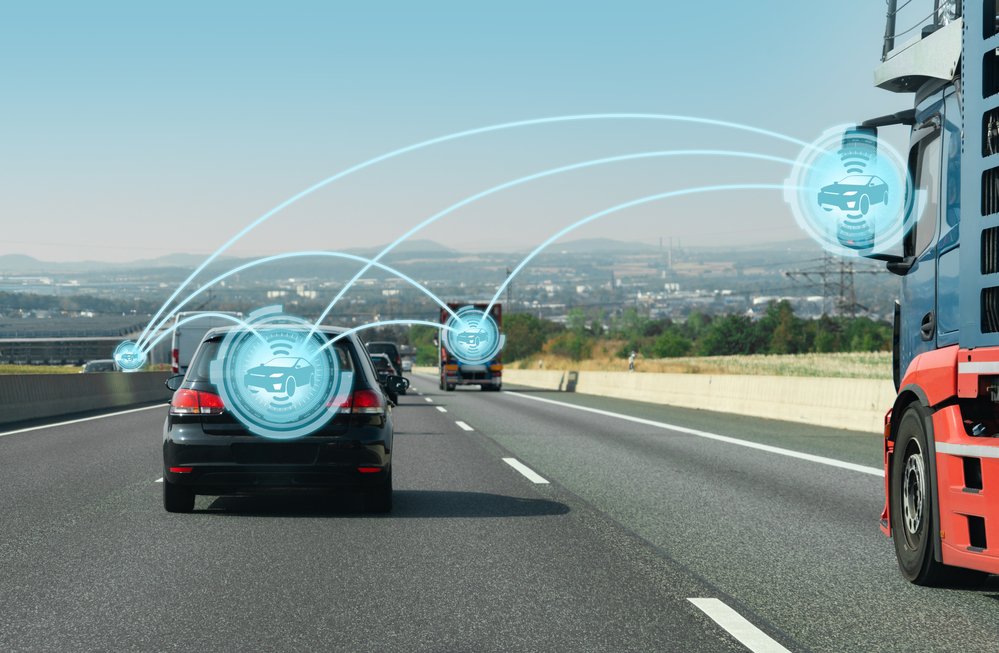
Human error is the number one cause of vehicle collisions. However, advanced driver-assistance systems (ADAS) can significantly decrease the risks of human error.
Sales of cars equipped with ADAS features have risen dramatically in the last few years, and Statista predicts that the market will reach $125 billion by 2029. In the U.S. alone, market penetration hit 80 per cent in 2023 and continues to rise.
ADAS is not a one-size-fits-all solution. The systems are categorized according to their functionality and capability. Currently, the most common ADAS level is L2, as fully autonomous vehicles have yet to become mainstream.
The categories are segregated as follows:
- L1 – Level 1 (Driver Assistance)
- L2 – Level 2 (Partial Driving Automation)
- L3 – Level 3 (Conditional Driving Automation)
- L4 – Level 4 (High Driving Automation)
- L5 – Level 5 (Fully Automated Driving)
But even with any level of ADAS in use, accidents still happen. So, for those driving an ADAS-equipped car who have a collision, where is the line drawn between personal accountability and the automatic, pre-programmed impulses of ADAS? And, more importantly, where does the law draw the line?
Understanding the legal implications of ADAS in car accidents and the technology and liability surrounding these systems is important for everyone on the road.
Some of the most significant features of ADAS include the following applications:
Navigation system: The navigation system provided by an ADAS is like a super-advanced GPS tracker. It provides numerous on-screen directions and voice prompts to help drivers identify the best route forward while still concentrating on driving.
Some navigation systems integrated with an ADAS can also receive traffic alerts, accident reports, and other notable road-relevant data to ensure the safest possible drive.
Night vision: The night vision feature allows drivers access to infrared screens that can highlight objects that are otherwise very difficult to see in the dark. This helps drivers avoid pedestrians, animals, or objects of any kind that may be ahead of them at night, thus preventing them from being hit.
Automatic emergency braking: AEB, or autonomous emergency braking, automatically takes over from the driver when it detects an obstruction, such as a slow-moving vehicle or pedestrian. It applies the brakes based on the vehicle speed and the distance to the obstruction to prevent a collision.
Driver drowsiness detection: Drowsy drivers contribute to over 100,000 road accidents, 70,000 injuries, and 1,500 fatalities every year. Fortunately, the sensors in ADAS technology can detect the signs of an unfocused, drowsy driver and issue alerts to wake them up and correct the potential problem.
Unseen area monitoring: This is one of the more common ADAS features and can be as simple as a rearview camera to facilitate safer reversing. By offering a clear screen visualization of unseen areas around the vehicle, drivers can gain a more accurate perspective of their position, helping them navigate parking and driving more safely.
Collision Detection: Similar to unseen area monitoring, collision detection warns drivers if a car, pedestrian, or other object is too close to them. This can reduce the chances of a high-speed collision or a fender bender, depending on the hazard.
Lane departure warning: Designed to prevent accidents due to drifting or departing from a lane, the system detects lane markers and alerts the driver when their tire touches a marker.
Adaptive cruise control: Adaptive cruise control utilizes sensors to adjust a car’s speed based on the vehicle in front of it. First debuted by Mercedes in its C-Class limousine in 1999, adaptive cruise control has gone on to become one of the more common ADAS and is now available as an after-market add-on in some makes and models of car.
V2X and 5G: By far one of the most cutting-edge features of current ADAS technology is the integration of 5G networks and V2X connectivity.
While 5G takes care of regular connectivity such as internet access, live notifications, and GPS updates, V2X connects your vehicle to others around it, enabling a higher level of sensitivity between cars on the road and allowing for more proactive road safety measures to be activated.
Legal implications
When it comes to ADAS and road accidents, there is a common question of ethics. In the event of a crash, who is the real “driver” of the vehicle? Is it the person driving the car or the technology that automatically takes action under certain circumstances?
In 2017, the Self Drive Act was proposed in the U.S. but this bill has yet to be passed, despite 42 states agreeing to universal type approval rules for these systems. To date, the Federal Motor Vehicle Safety Standards have also not mandated or controlled any ADAS technology. This means that states and districts in the US have had to step in to determine their own standpoint, which the Supreme Court then acts upon accordingly.
It can be very difficult to decipher whether a person is fully responsible for the outcome of an accident. In most situations, the court will aim to determine who (either the driver or the vehicle) exercised the most control over the vehicle’s motion at the critical point of the accident. This can include steering, acceleration, or deceleration. From that point, the court will reach a decision about where the responsibility for lack of control stems from.
However, it’s important to note that even with ADAS in use, a driver can still be considered criminally negligent for driving their vehicle or disobeying the rules of the road. This means they can be held liable for damage in the event of a collision, and a lawyer with experience in these matters will be required to defend them.
For example, if a driver intentionally drives faster than the speed limit to avoid traffic, and the speeding results in a car accident, that decision would indicate willful or criminal negligence and could result in serious charges. Tesla has faced several lawsuits of this nature, where vehicles have crashed while in Autopilot. However, they have repeatedly been found not guilty as the courts ruled that the collisions were due to human error.
Overall, ADAS technology has had a revolutionary effect on driving laws and culture. While it has the potential to help keep drivers, passengers, and pedestrians safe, it can also make it difficult for the government to understand where the driver’s control ends and the vehicle’s begins.
From auto shops to automation, Christina Lambert bridges the gap between the automotive industry and the future of logistics. Her background in both fields grants her unique insights into the ever-evolving landscape, where cutting-edge technology is transforming how we move people and goods.












Leave a Reply